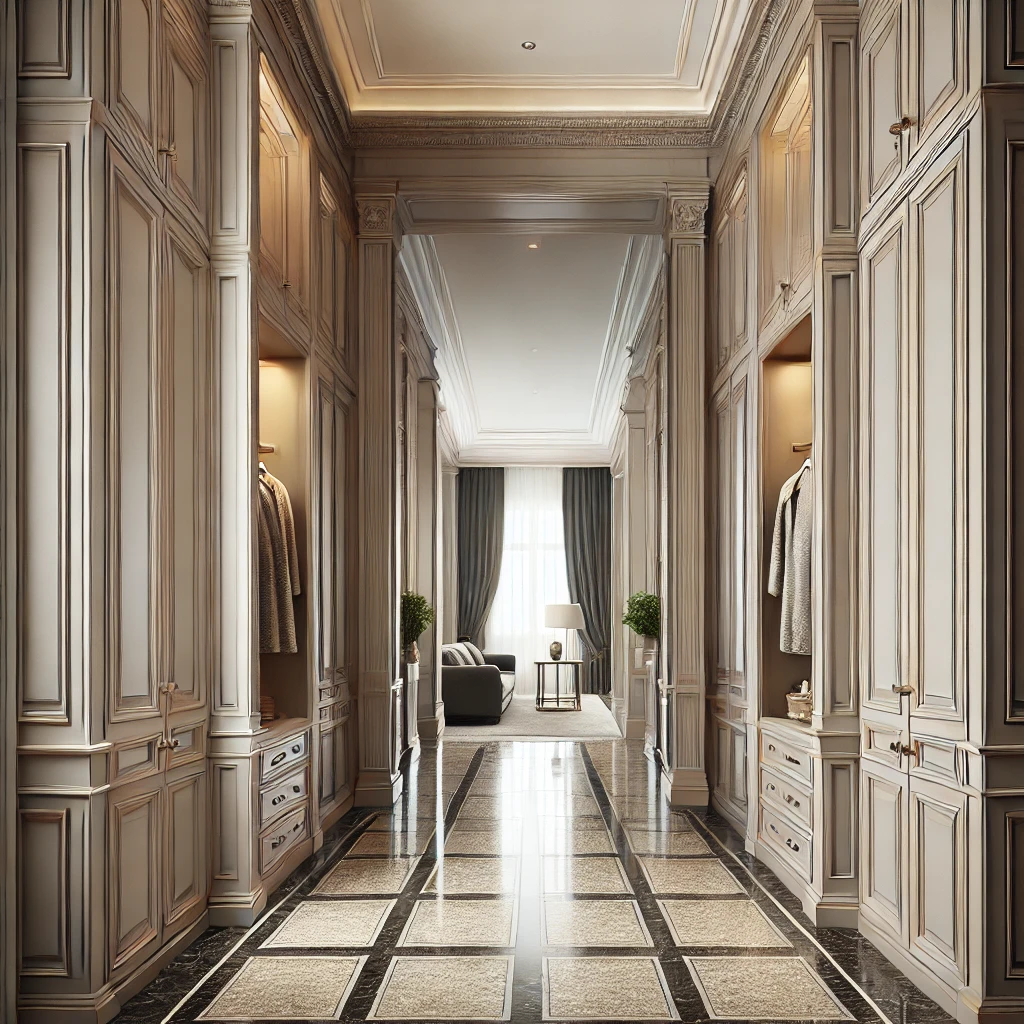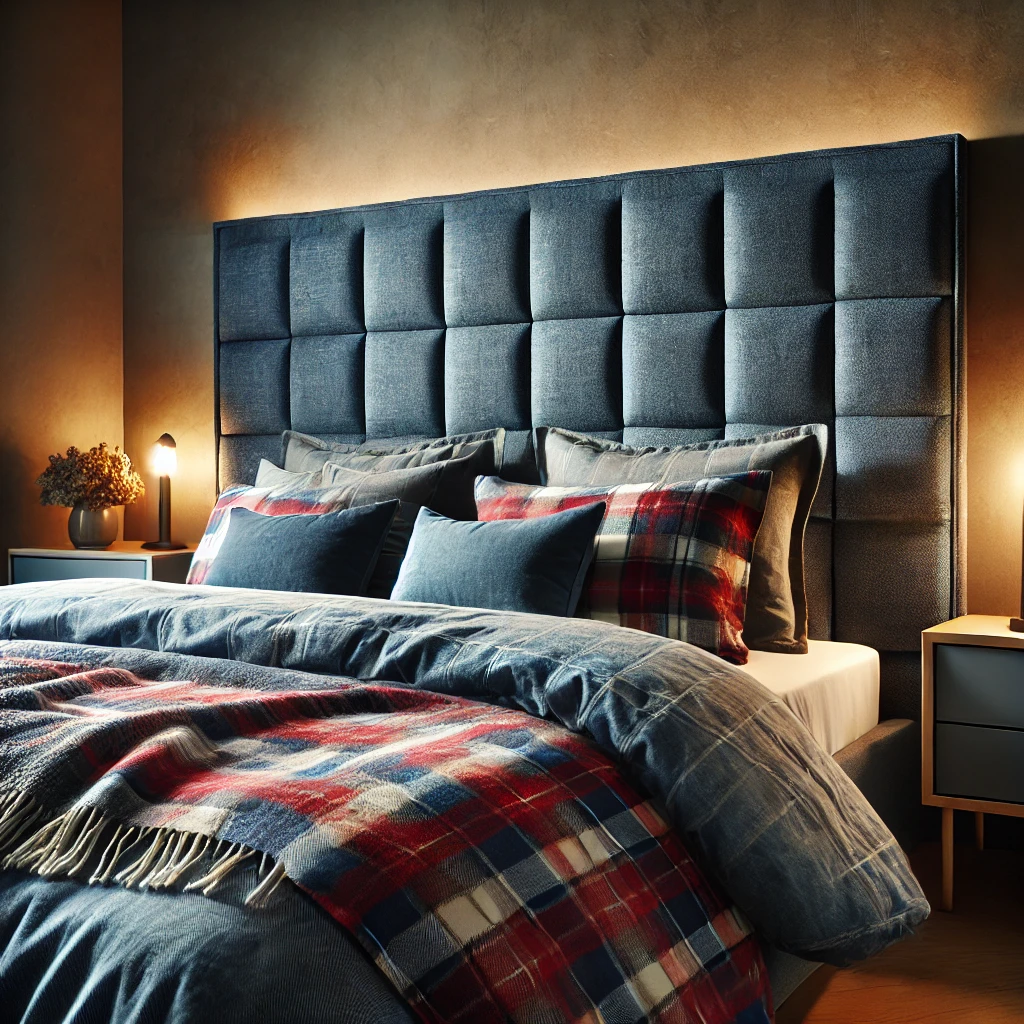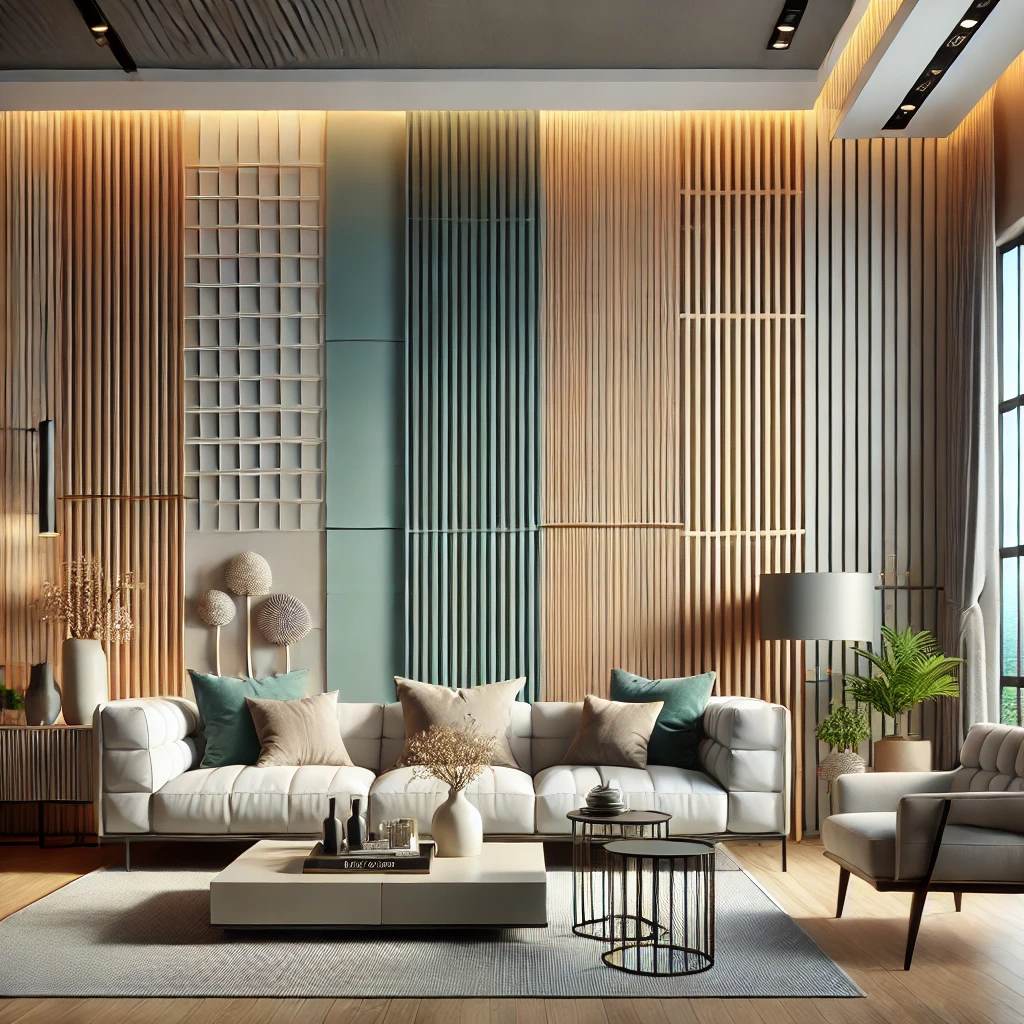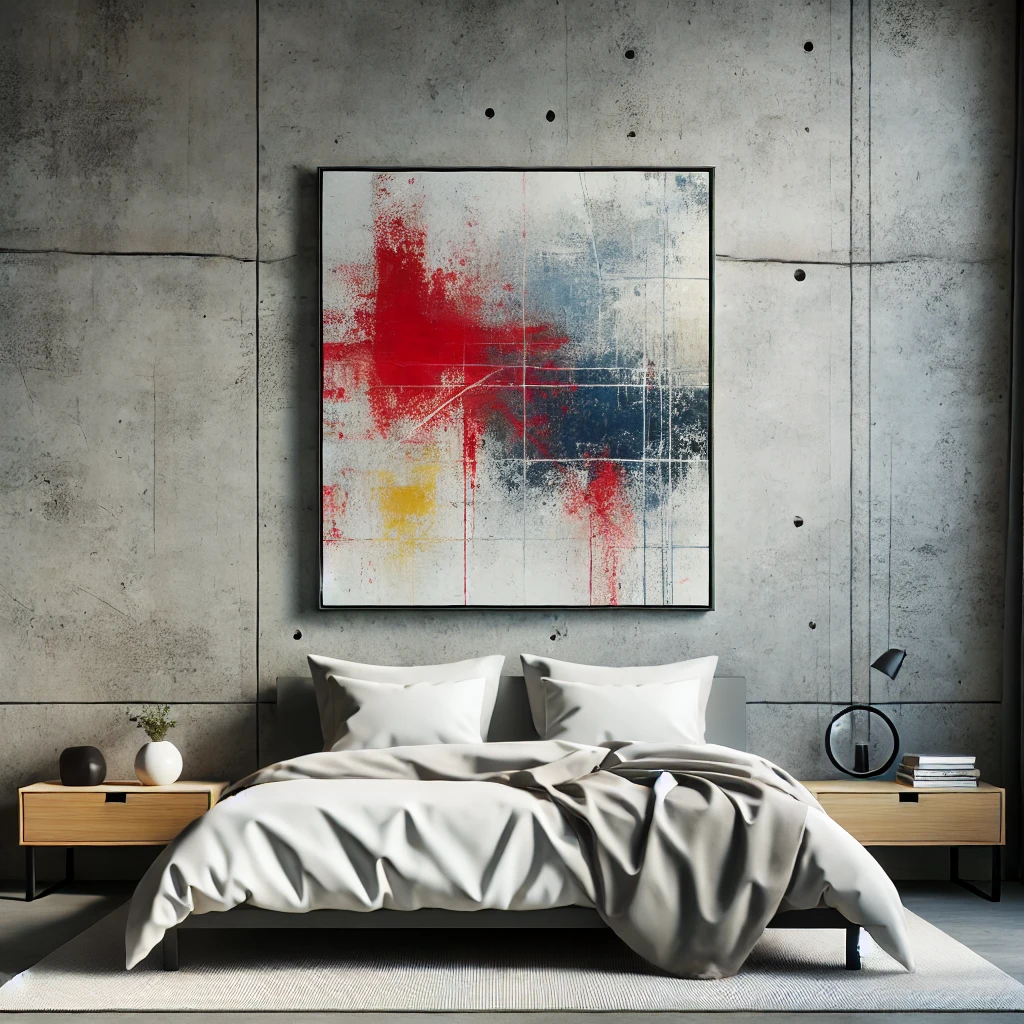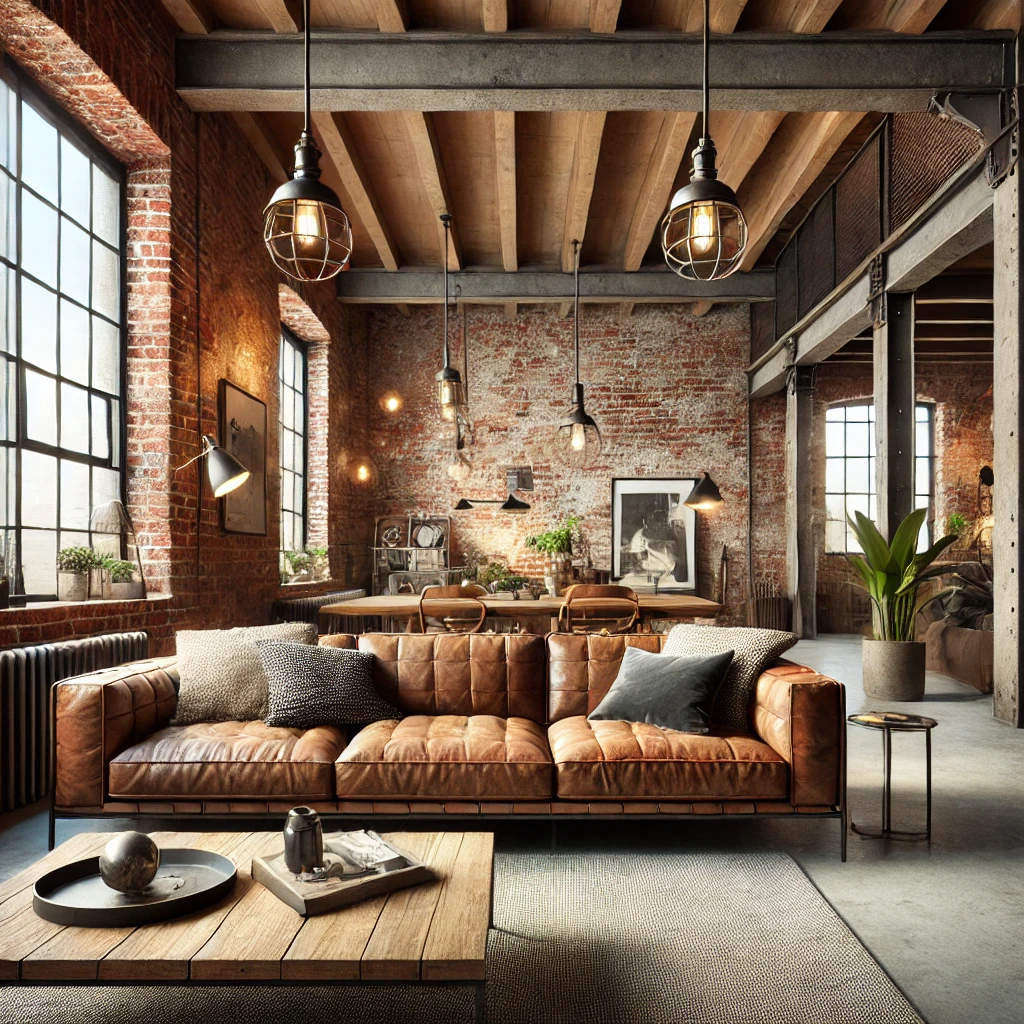Solving Interior Design Challenges with Color: Six Effective Strategies
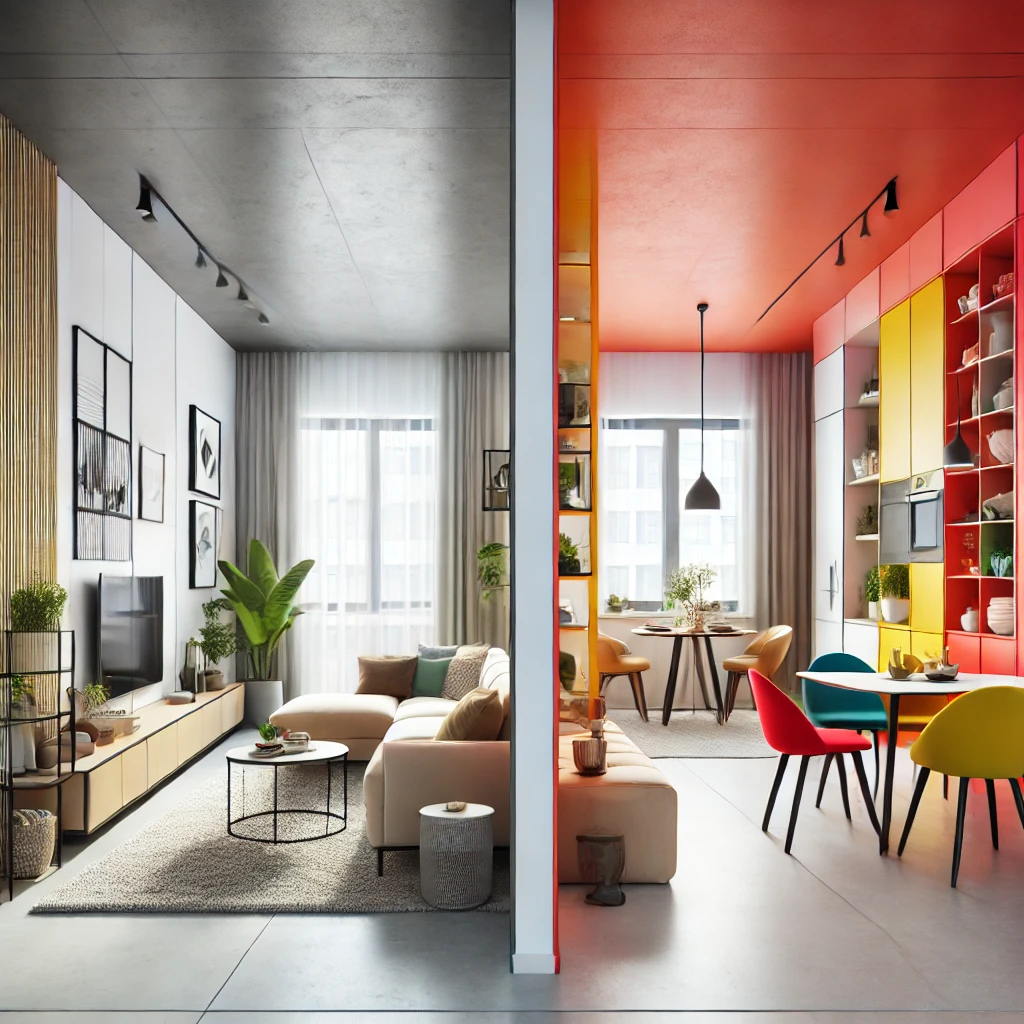
Color in interior design is not just about creating the right mood. It can solve numerous practical challenges, like making a small apartment feel more spacious. While you can’t add square footage, you can certainly make your home appear larger and more comfortable with the right color choices.
Challenge #1: Zoning
Using different colors is an excellent way to divide space into distinct zones, such as separating the kitchen from the living area or distinguishing between work and relaxation spaces. By simply painting the walls in different shades, you can create the visual effect of different rooms. This technique is particularly effective in studio apartments.

For instance, you can use different flooring colors to indicate where the entrance ends and the living area begins, or where the private zones of the home are located. If painting the walls in different colors isn’t your style, try using various color accents in your decor. For example, use mustard hues in the workspace and gray tones in the bedroom.
Challenge #2: Correcting Room Proportions
Light-colored walls are known to make spaces feel more expansive, while dark walls can make a room feel smaller. However, deep, saturated tones are currently in vogue and can be used effectively even in modest-sized rooms. Bold colors can distract from the small size of a room, creating a psychological effect that makes the space feel larger.
If you’re concerned about using dark colors, apply them to a single surface, such as a dark floor combined with light walls and ceiling to visually expand the room. If you prefer less contrast, choose a floor color that’s only slightly darker than the walls for a similar effect.
Challenge #3: Adjusting Room Temperature
Colors are often categorized as warm or cool. Warm colors, like those ranging from yellow to red-violet, add coziness and comfort to a room, making it feel “warmer.” Conversely, cool shades, from violet to yellow-green, can give a room a cooler feel. By carefully selecting your color palette, you can create the perfect ambiance, whether you’re looking to make a space feel inviting or refreshing.
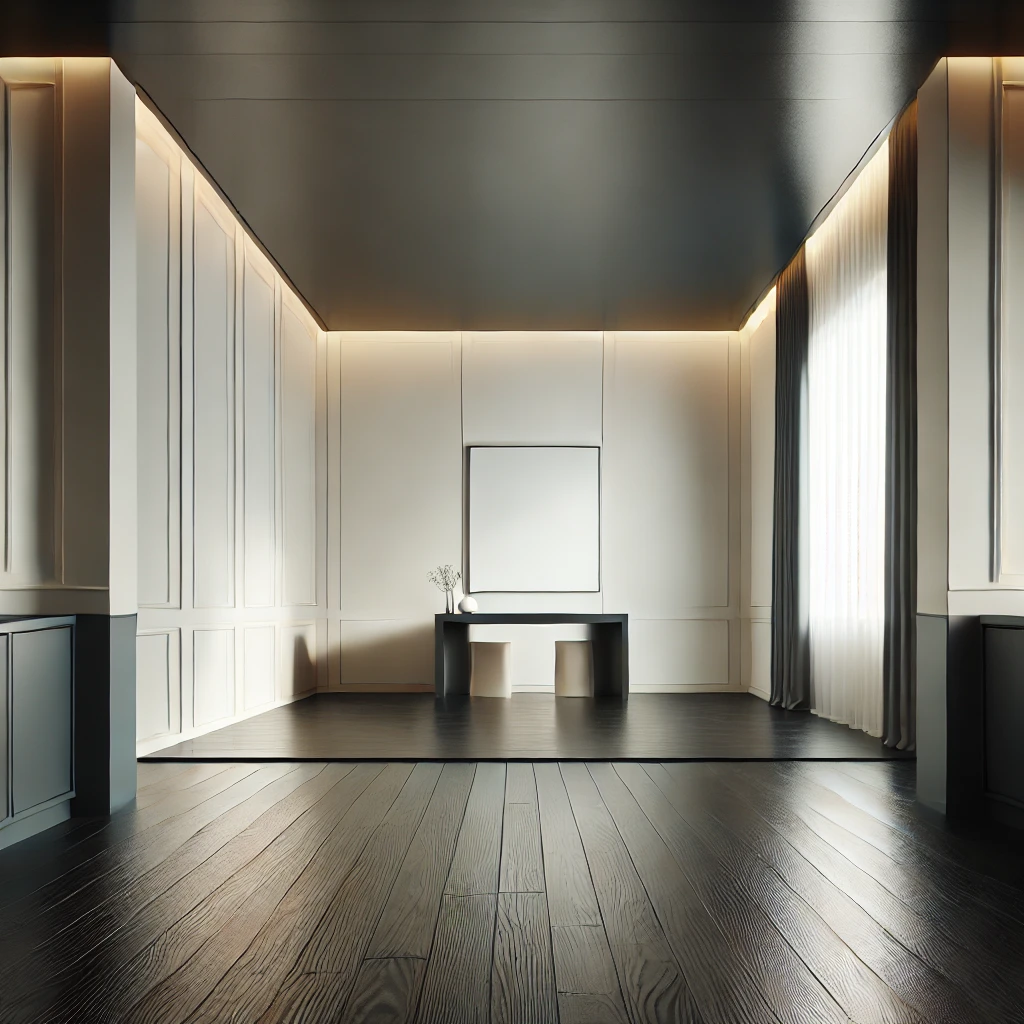
Challenge #4: Balancing the Space
The intensity and contrast of colors can greatly affect the visual geometry of a room. The general rule is that the larger the surface area, the less intense the color should be. Light colors don’t draw too much attention, allowing the space to feel balanced and harmonious. On the other hand, a dark, intense color on a large surface can dominate the room, making it feel cramped.
For balance, add a few small details in the same tone as an accent wall to tie the room together, maintaining visual equilibrium.
Challenge #5: Supporting a Style
Color plays a crucial role in defining the style of an interior. Warm and woody tones create a cozy, rustic feel, while soft, creamy tones are often associated with classic or neoclassical styles. Cool, neutral shades are typical of modern and Scandinavian designs, while blue and turquoise evoke coastal or Mediterranean vibes.
By using color strategically, you can evoke the right associations and bring your preferred style to life in your home.
Challenge #6: Adding Dynamics
Sometimes, a space needs a little extra energy or movement, which can be achieved with bold color choices. A simple change, like painting a wall or door, can completely transform a room. Experimenting with broken angles and dynamic color blocks can add a modern twist, even in subtle pastel tones.
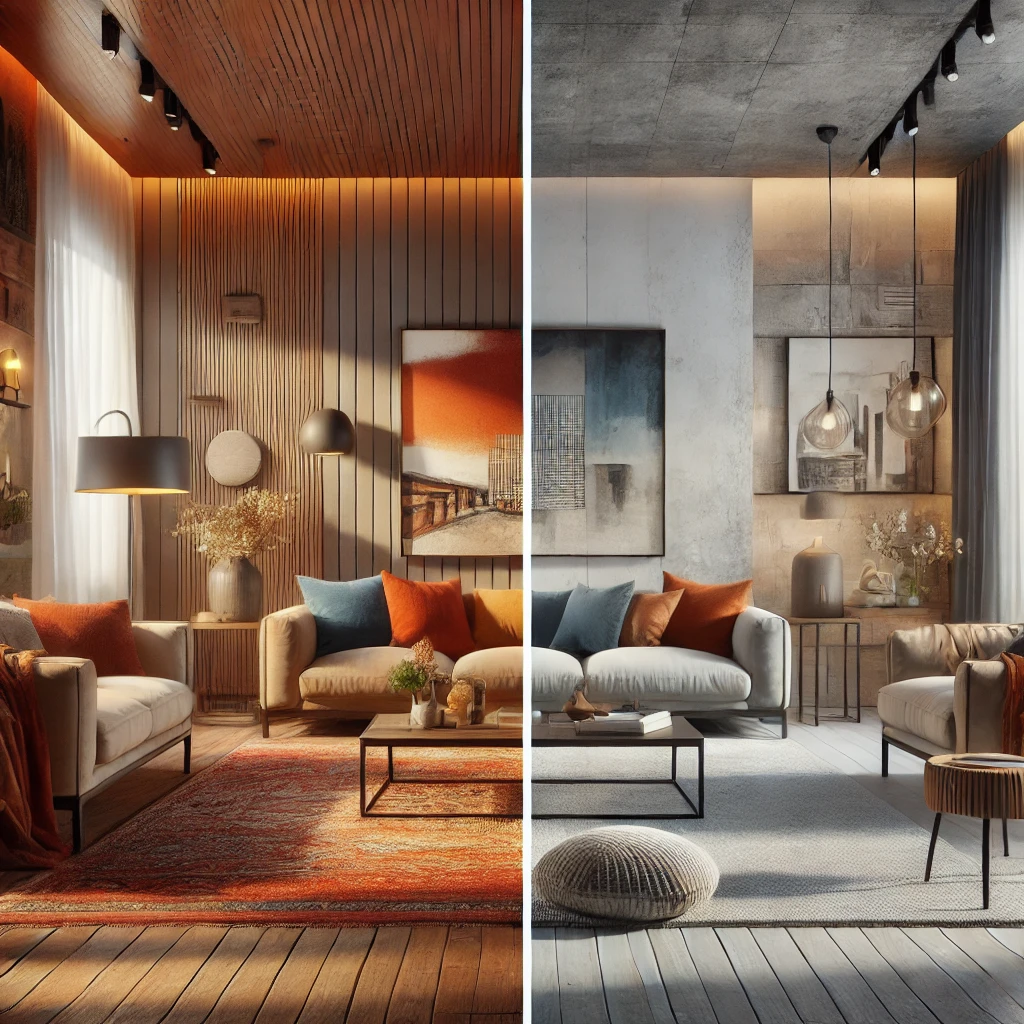
Incorporating color in innovative ways, such as using it to create visual flow or to accentuate architectural details, can dramatically change how a space is perceived and experienced.
Conclusion
Color is a powerful tool in interior design, capable of addressing a wide range of practical and aesthetic challenges. Whether you’re zoning a space, correcting room proportions, or simply adding a touch of warmth, the right color choices can make all the difference.
Need expert advice on choosing the perfect color scheme for your home? ZUBRA COLORS is here to help! Contact us today for a free consultation and explore our wide range of premium paints and finishes. We ship worldwide and are ready to assist with all your DIY needs. Reach out to us on WhatsApp now!
Bonus Tip: Playing with Light and Shadow
Lighting plays a critical role in how colors are perceived in a room. Natural light, artificial lighting, and even the shadows cast by furniture and decor can change the way a color appears. For instance, a soft gray might look warm and inviting in natural light but could take on a cooler tone under artificial lighting.
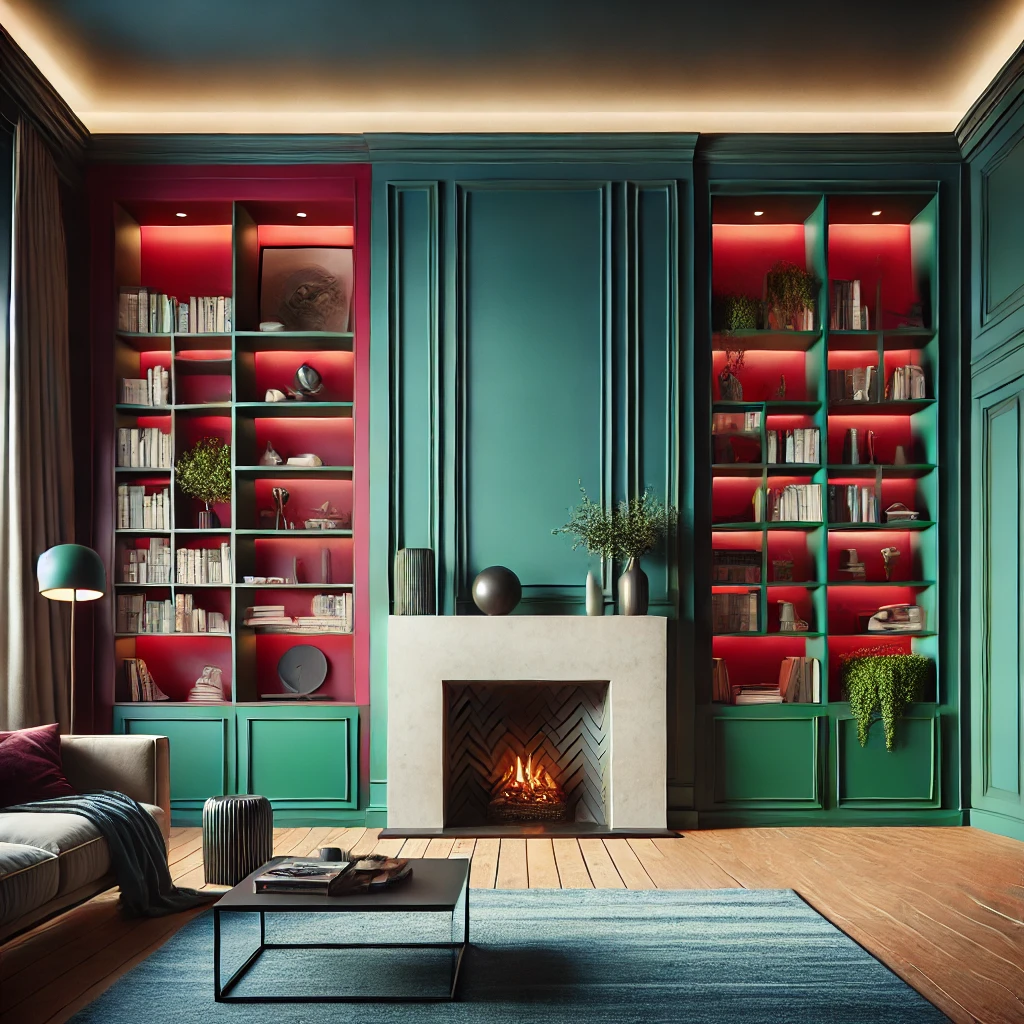
To maximize the impact of your color choices, consider how the light changes throughout the day in each room. Use this knowledge to enhance the room’s mood: choose warmer tones for rooms that get less natural light, and cooler tones for rooms that are bathed in sunlight. You can also use lighting to accentuate color contrasts or create a cozy atmosphere by using dimmable lights or strategically placed lamps.
Using Color to Highlight Architectural Features
Another effective use of color is to draw attention to architectural details in your home. For example, a brightly colored accent wall can make a statement in a room, drawing the eye to a particular feature, like a fireplace, a built-in bookshelf, or an alcove.
Painting trim or moldings in a contrasting color can also add depth and interest, especially in rooms with high ceilings or large windows. This approach not only highlights the architecture but also adds a layer of sophistication to the space.
Creating Focal Points with Color
Color can be used to create a focal point in any room. Whether it’s a bold-colored piece of furniture, a vibrant wall, or even a colorful piece of art, a well-chosen focal point can anchor the room and provide visual interest.
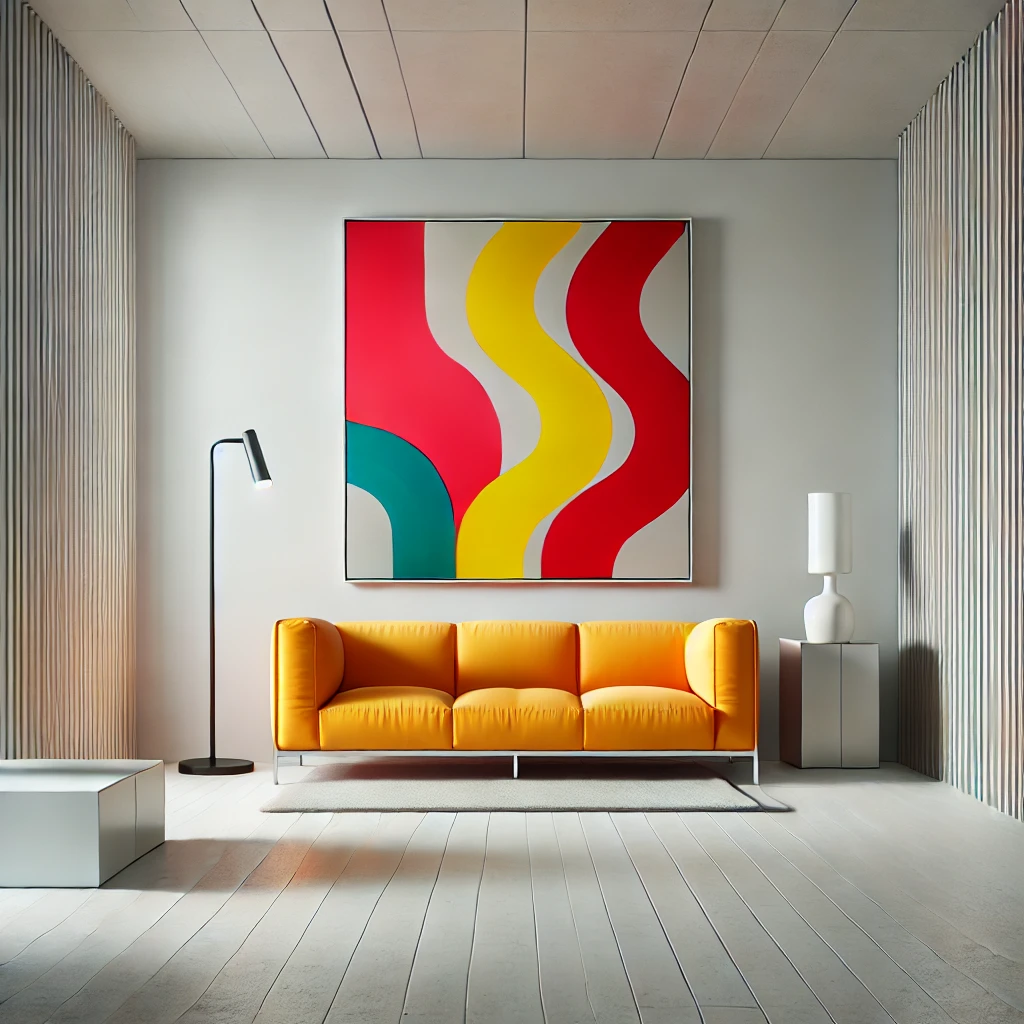
If your room lacks a natural focal point, like a fireplace or a large window, you can create one with color. For example, in a neutral room, a brightly colored sofa or a bold piece of artwork can serve as the centerpiece. This not only adds personality to the space but also provides a sense of balance and cohesion.
Color Psychology: Influencing Mood and Behavior
Color psychology is a fascinating aspect of interior design that explores how different colors can affect our emotions and behavior. For instance, blue is known for its calming effect, making it a popular choice for bedrooms and bathrooms, where relaxation is key. On the other hand, red is energizing and is often used in spaces where people gather, such as dining rooms or living rooms.
Understanding the psychological impact of colors can help you create a home that not only looks beautiful but also feels right. Whether you want a room to feel calming, energizing, or inspiring, the right color choice can help you achieve that atmosphere.
Experimenting with Color in Small Doses
If you’re hesitant to commit to bold colors in large areas, try experimenting with smaller doses. Accent walls, furniture, or even accessories like cushions, rugs, and curtains can introduce color without overwhelming the space.
This approach allows you to play with different colors and see how they work in your home before making a larger commitment. Plus, it’s easier to change or update as trends and tastes evolve.
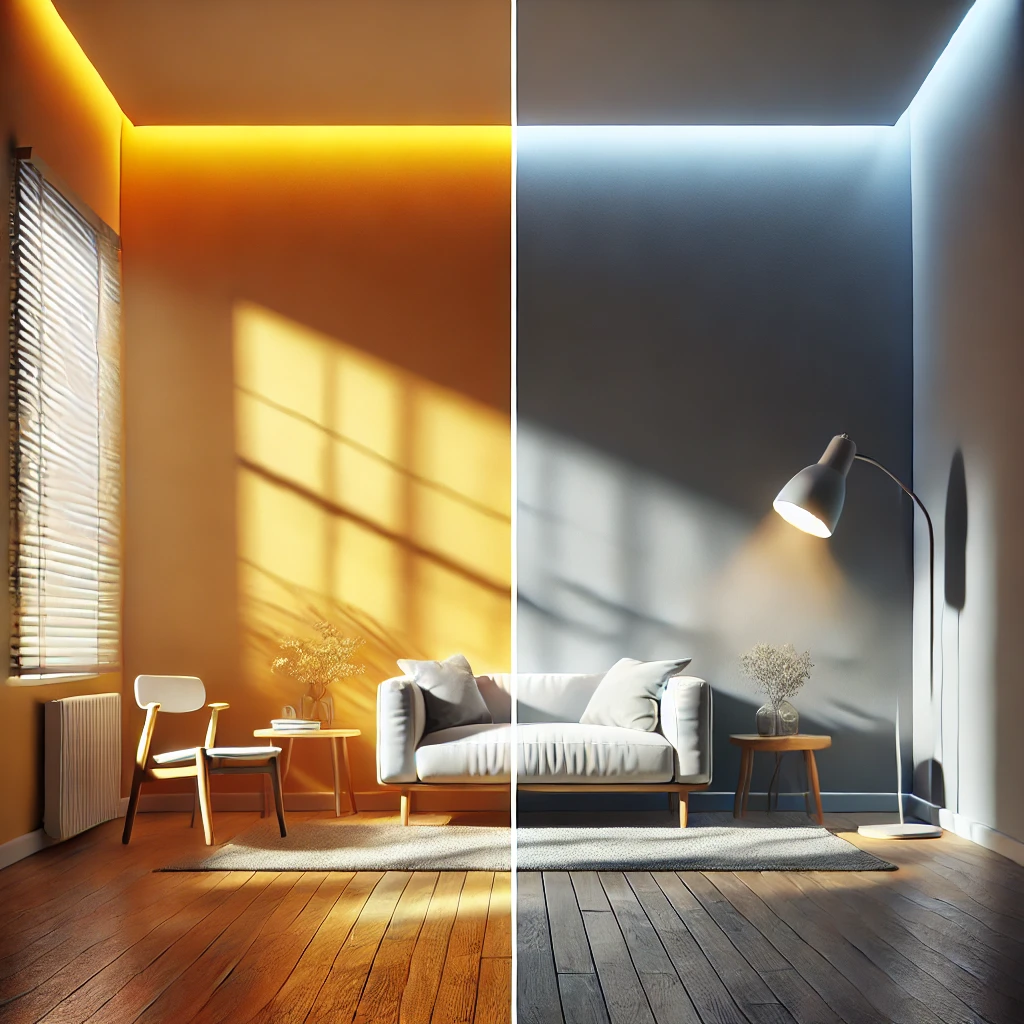
Final Thoughts
Color is one of the most powerful tools in your interior design arsenal. By understanding how to use it effectively, you can transform your home into a space that is not only beautiful but also functional and harmonious. Whether you’re looking to solve a specific design challenge or simply want to refresh your space, the right color choices can make all the difference.
Ready to explore the world of color? ZUBRA COLORS is your go-to source for premium paints and finishes. Contact us today for a free consultation, and let our experts help you create the perfect color scheme for your home. We offer worldwide shipping and personalized advice for all your DIY projects. Reach out to us on WhatsApp now!



